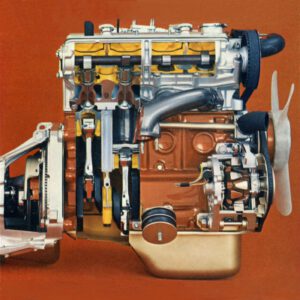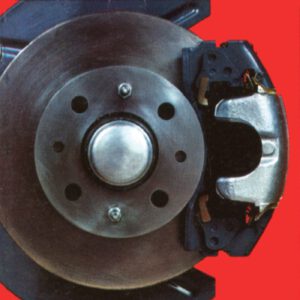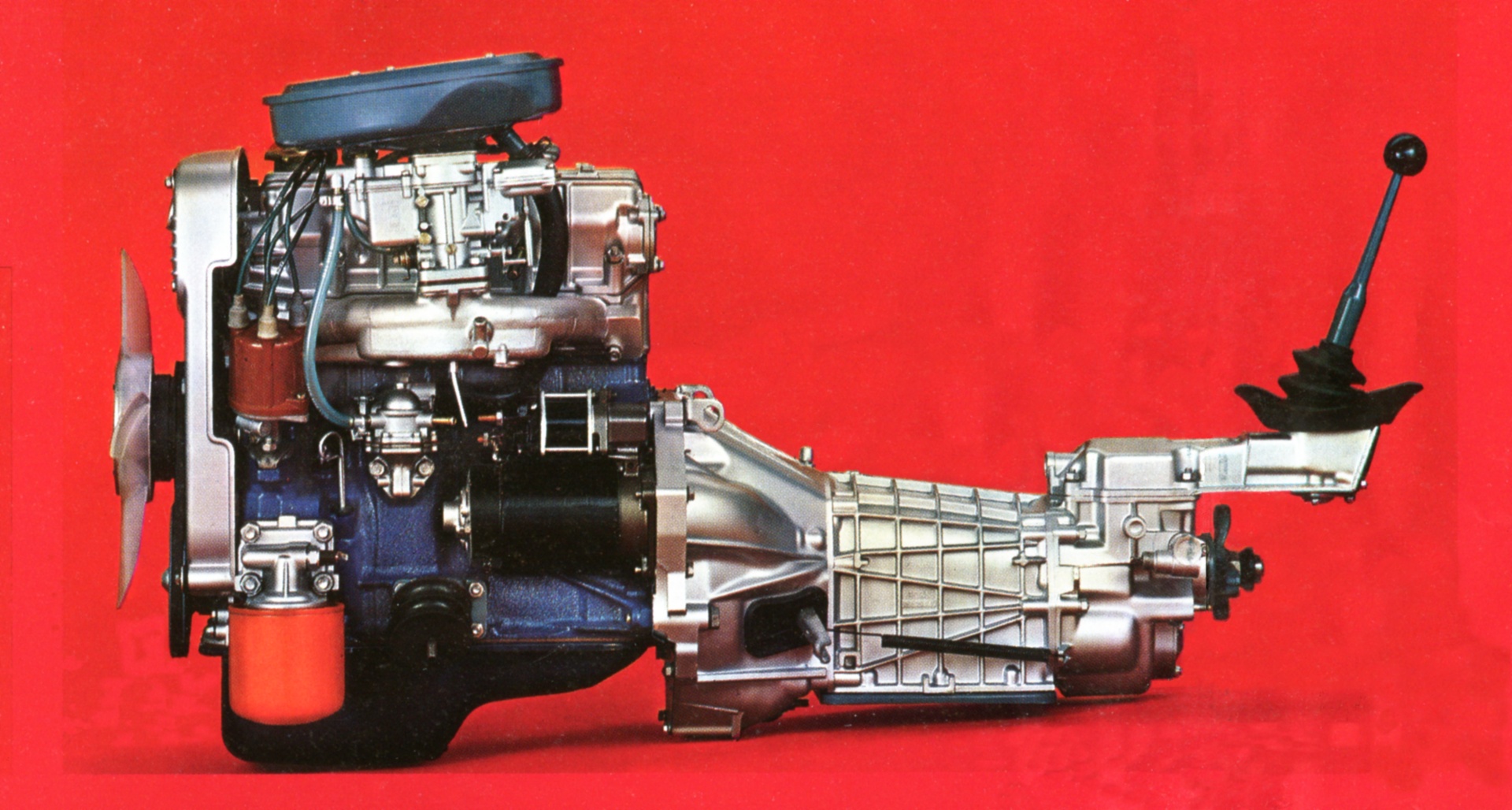Like the Giulia from Alfa Romeo and the 1600-2 from BMW looking unobtrusive-elegant outwardly, the 125 had a temperamentfully heart, too: the engine managed by two overhead camshafts afforded 90 HP from 1.6 litres capacity yet in the normal version.
The intellectual father of the revving machine with the wonderfully Italian sound was largely the head of engine development Aurelio Lampredi, who designed the engines at Ferrari after his work at Piaggio, Isotta Fraschini and the aircraft manufacturer Reggiane in the post-war time.
The engine of the FIAT 125 is, after that of the FIAT 124 Spider from 1966, the second variant of what connoisseurs simply call the “Lampredi engine”. The block from the FIAT 124 was used, the camshaft below which was replaced by a secondary shaft that was driven by the toothed belt and drove the oil pump and ignition distributor. For the valve train of the “Lampredi engine” this was provided with a new three-part cross-flow cylinder head made of aluminum with two overhead camshafts.
 The “Lampredi engine” was manufactured for a long time in numerous variants, modified in bore and stroke, with or without turbo-charging, and used in such well-known vehicles as the FIAT 131 Abarth, Lancia Delta, Alfa Romeo 155 Q4, and for a while also in the Morgan Plus 4. The engine brought in many victories in motorsport for FIAT and Lancia (For details see https://en.wikipedia.org/wiki/Fiat_Twin_Cam_engine).
The “Lampredi engine” was manufactured for a long time in numerous variants, modified in bore and stroke, with or without turbo-charging, and used in such well-known vehicles as the FIAT 131 Abarth, Lancia Delta, Alfa Romeo 155 Q4, and for a while also in the Morgan Plus 4. The engine brought in many victories in motorsport for FIAT and Lancia (For details see https://en.wikipedia.org/wiki/Fiat_Twin_Cam_engine).
In the FIAT 125 Special, which was subsequently submitted in 1968, a different carburetor provided even more pepper: 100 HP from an identical capacity were good enough for an acceleration of about 11.2 seconds from zero to hundred and a top speed of 170 km/h – values, that still a few years before had been stricly reserved to real sports cars!
 Fast but safe: like the FIAT 1500, both FIAT 125 models had disc brakes on all four wheels. There was also servo support on the 125.
Fast but safe: like the FIAT 1500, both FIAT 125 models had disc brakes on all four wheels. There was also servo support on the 125.
The power was – like usual for this class in the sixties – transfered to the back wheels, the Special came standardly with a five speed gear box which was very rare these days. The 5th gear was as an constructed as an energy saving “overdrive”.


